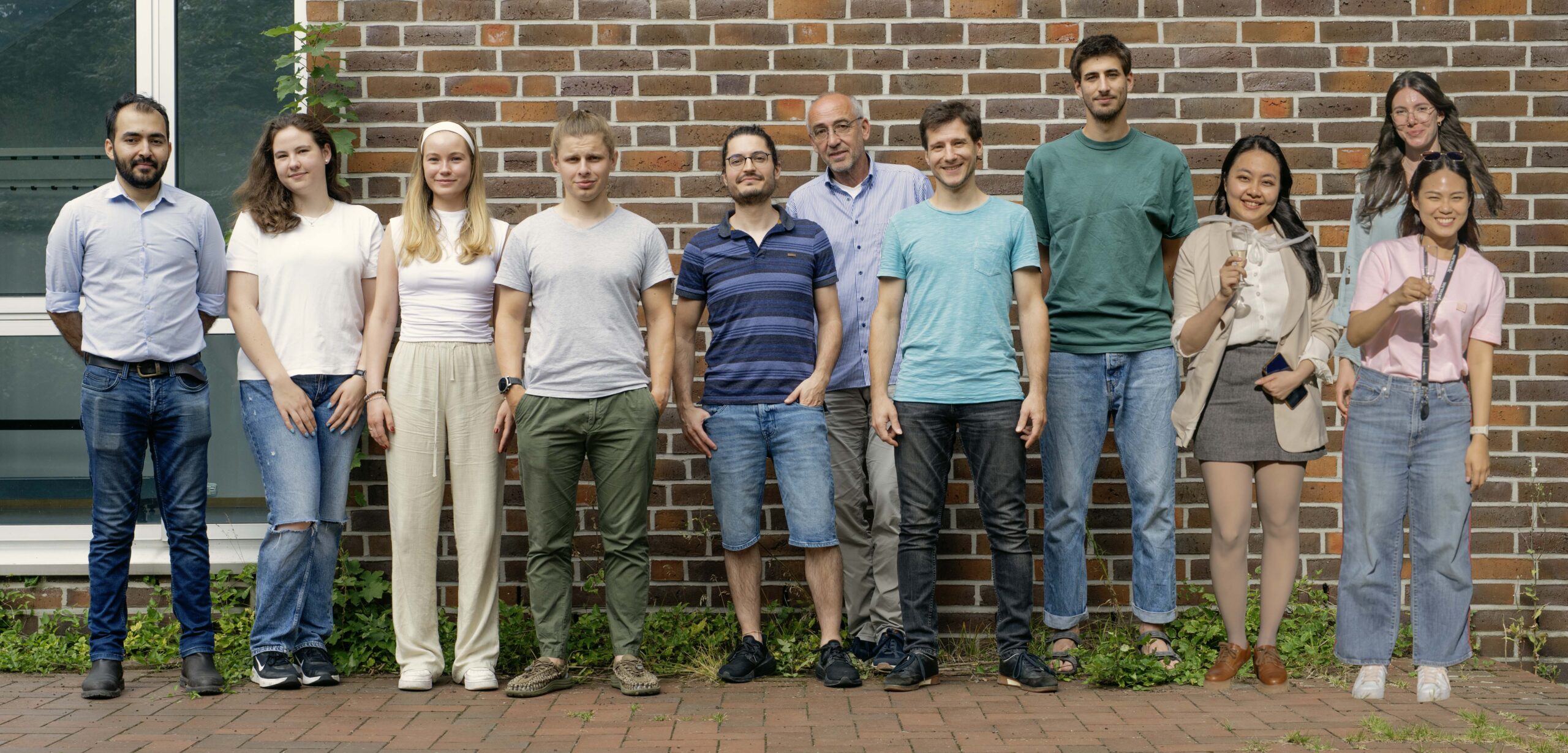
Terrestrial Biosphere Modelling group at MPI Biogeochemistry: The Terrestrial Biosphere Modelling Group (TBM) at MPI Biogeochemistry aims at improving the understanding of the interactions of the biogeochemical cycles of carbon, nitrogen and phosphorus at temporal and spatial scales for relevant for the Earth System. It develops the QUINCY configuration of the ICON-Land land surface model.

Land-Atmosphere Interactions groups at Leipzig University: Our group aims to study the role of the biosphere in mediating carbon, water and energy exchanges between the atmosphere and the land surface, and the climate-biosphere feedbacks that arise from those interactions. Specific topics include the links between climate change, natural variability and extreme events and vegetation dynamics, with a focus on the carbon cycle, changes in disturbance regimes and ecosystem resilience under climate change and the influence of land-use and management on the terrestrial biosphere.

Modelling of Biogeochemical Systems at University of Freiburg: We focus on vegetation’s response to water stress. We aim to understand relevant mechanisms using model experiments in conjunction with observations. In particular we are interested in the relative roles of excessive atmospheric demand versus soil dryness, as well as in plant traits modulating the drought response.

Ecological modelling Group at University of Hamburg: We aim at understanding drivers of community assembly of vegetation from local to global scales, thereby linking community composition to biogeochemical cycles via functional traits. Our focus is non-vascular vegetation, i.e. mosses, lichens, terrestrial algae, which play key functional roles in many ecosystems of the world, but are poorly understood regarding community assembly, and underrepresented in Earth System Models.

Climate-biosphere interactions group, MPI for Meteorology: Out of many research opportunities in climate-biosphere interactions, the main focus of the group is on processes affecting the climate on decadal to centennial timescales. High latitude ecosystems show a strong sensitivity to ongoing climate change, with a significant potential to affect the climate though modified CO2 and CH4 fluxes. Physical feedbacks between land surface hydrology and the climate could substantially modify atmospheric and oceanic circulations beyond the Arctic boundaries. What is the future of the Arctic, will it be drier or wetter, and how does it affect the global climate?

Physical Geography and Land Use at Ludwig-Maximilians-Universität München: The Chair for Physical Geography and Land Use Systems at the Department of Geography of LMU Munich aims at (1) a better understanding of the processes through which land use influences climate from local to global scale and (2) a more accurate quantification of the human disturbance of the Earth system (e.g., as part of the Global Carbon Budgets). Our most important tools are global carbon, vegetation and Earth system models (BLUE, JSBACH, ICON-ESM).